Every business owner looking to get the most out of their assets should invest time in developing a killer IT asset management strategy. After all, assets are not products you can simply acquire and forget all about. They require constant and continuous vigilance, analysis, and revisiting to provide maximum use-value. Fortunately, a well-developed IT asset management (ITAM) can help companies take charge of their assets. Follow along to learn how you can start building and curating your ITAM today.
1) Start Off on the Right Foot
Companies should not look at IT assets as static resource that never changes. Hardware or software may be pieces of equipment, but they lose value over time. Businesses must watch over their assets diligently and understand how their phases or statuses affect the company. Similarly, businesses must realize that proper ITAM is ongoing or continuous. They cannot implement an IT asset management strategy, leave it behind, and expect it to work well. They must continuously use their ITAM wisely to make decisions about their assets and company. Understanding this essential principle sets management off on the right foot.
2) Choose Excellent ITAM Software
Manual ITAM, whether through a physical filing system or digital spreadsheets, is outdated, unreliable, and inefficient. It’s time to choose ITAM software that works for your team and your company. While there are many advanced programs on the market, stick to platforms that focus on simplicity and ease of use, important elements of inventory and management, and customization options. AssetIT – IT Asset Management for Jira is an excellent choice in all of these regards. It will help you log your inventory of assets in a clean, organized manner. It will also keep track of your assets through all their statuses or phases, making sure you can draw on that up-to-date information when necessary. When it comes time to extract data, simply generate a comprehensive report and export it to key stakeholders or a management team.
3) Understand Your Primary Focus
It’s smart to start small when it comes to ITAM. If you are new to ITAM, begin by thoroughly investigating your current asset problems and planning your primary goals. Then, with an appropriate IT team, explore how you could solve each issue or tackle each objective through ITAM. The most pressing concerns should take precedence. Focus on those and develop from there as you grow in confidence.
4) Use a Lifecycle Approach
One of the best ways to get started with ITAM is to use a lifecycle approach. Every IT asset has a lifecycle, and this is how you will generally track an asset. It involves looking at your asset through four phases: acquisition, utilization, maintenance, and disposal. When you create an IT asset management strategy focused on the life cycle, it becomes easier to understand how to look at your assets and when to analyze them.
5) Set Up Your Inventory
Inventory typically involves acquiring or creating specific equipment, hardware components, software programs, licenses, or accessories. Log each of your assets into your ITAM program, making sure to add any critical information that can help you identify the product or that changes or updates over time. Certain ITAM software, such as AssetIT, will let you group these assets by type. It allows you to keep track of appropriate phases for each class, perform specific maintenance or upgrades, and make crucial decisions regarding groups of assets when necessary.
6) Track Small Hardware
Many companies do not consider their small hardware or accessories when taking inventory of their IT assets. It may include webcams, microphones, mice, keyboards, external storage devices, and cell phones. Small hardware often forgoes maintenance, upgrades, or repairs due to negligence. Likewise, broken or misplaced items may simply chalk it off as miscellaneous losses.
However, what would happen if you logged them into your ITAM programs? Perhaps, mice and keyboards would receive regular cleaning. External devices would have consistent updates. Management would be able to make better decisions about future products, given accurate data on broken devices. The IT department may create a consistent booking and tracking routine, knowing where loaned devices were at all times. Ultimately, these could save your company significant amounts of money.
7) Understand Software
Software is an intriguing IT asset, demanding particular inventory, management, and tracking. First, companies often need particular licenses in order to use software programs in their departments, with their employees, and with their clients. Since this is the case, licenses must be tracked through ITAM. On-time license updates or renewals are critical for compliance.
Second, as aforementioned, employees and clients may use the software. It is important to track who has access to the software and how it is used to make decisions about this type of asset.
Third, the software may have a similar lifecycle to other IT assets, but its maintenance is more frequent. The software usually needs updates or patches regularly to maintain efficiency and security.
Fourth, recognizing software as an IT asset helps colonies recognize gaps in their security. Once software is logged as an asset within ITAM, your team may realize just how vital cyber security and data recovery can be for your business. Naturally, extra security programs may be their own IT asset as well.
8) Generate Reports and Perform Analysis Regularly
Your ITAM data is essential to making informed, strategic decisions. Take advantage of the report generation function, which can be customized to suit your needs or purposes. Your team will be able to analyze relevant complications and up-to-date data. It can help you make choices involving:
- Disposal of groups of assets or a specific asset
- Future assets or replacement assets
- Use-value or ongoing costs specific assets
- Investors or investments
- Control strategies to prevent financial losses
- Risk analyses, compliance concerns, or software audits
- IT department functions
- Loans and replacement devices
- And more
Jumpstart your IT Asset Management Strategy with AssetIT
DevSamurai helps businesses and teams manage and streamline their processes and workflows. The newest program, AssetIT, helps companies begin and build an excellent ITAM journey. Try it today for free!


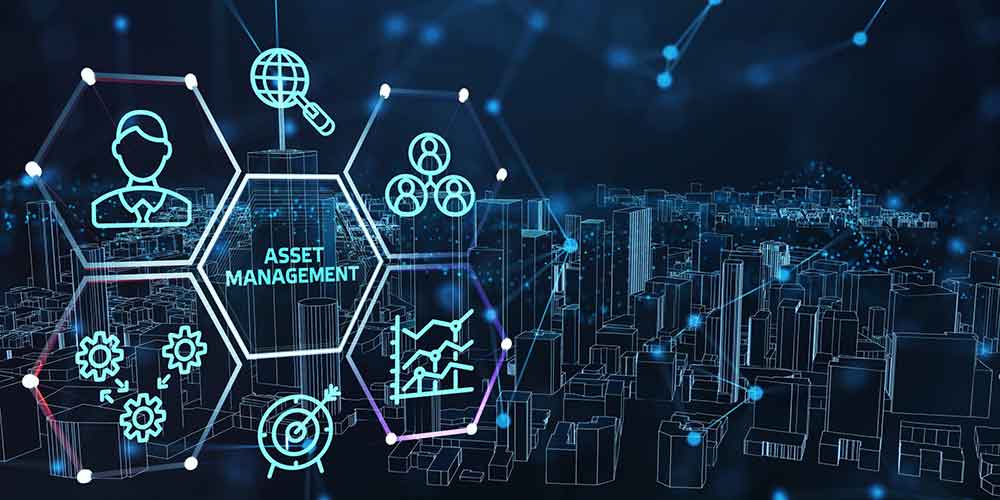

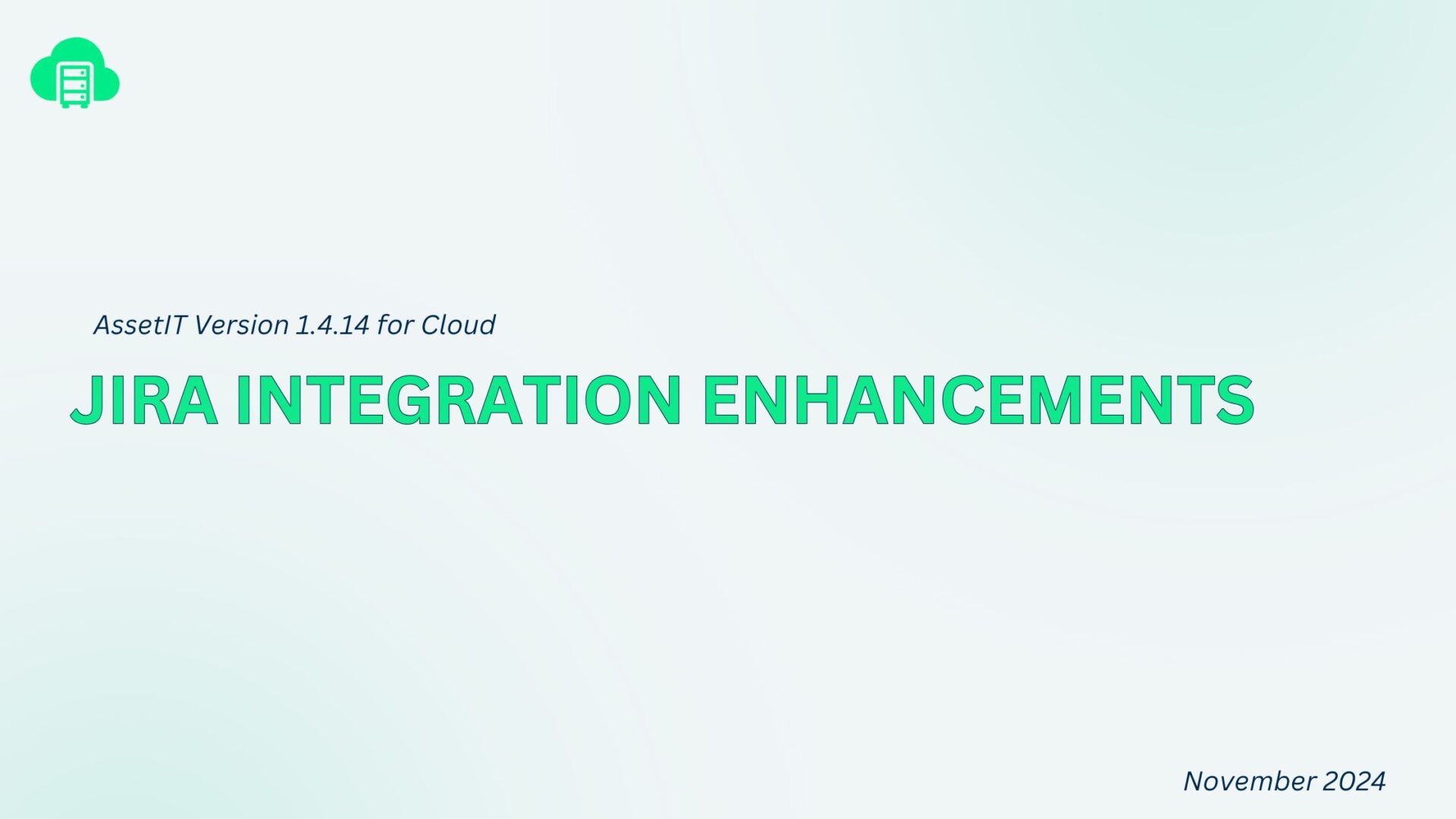
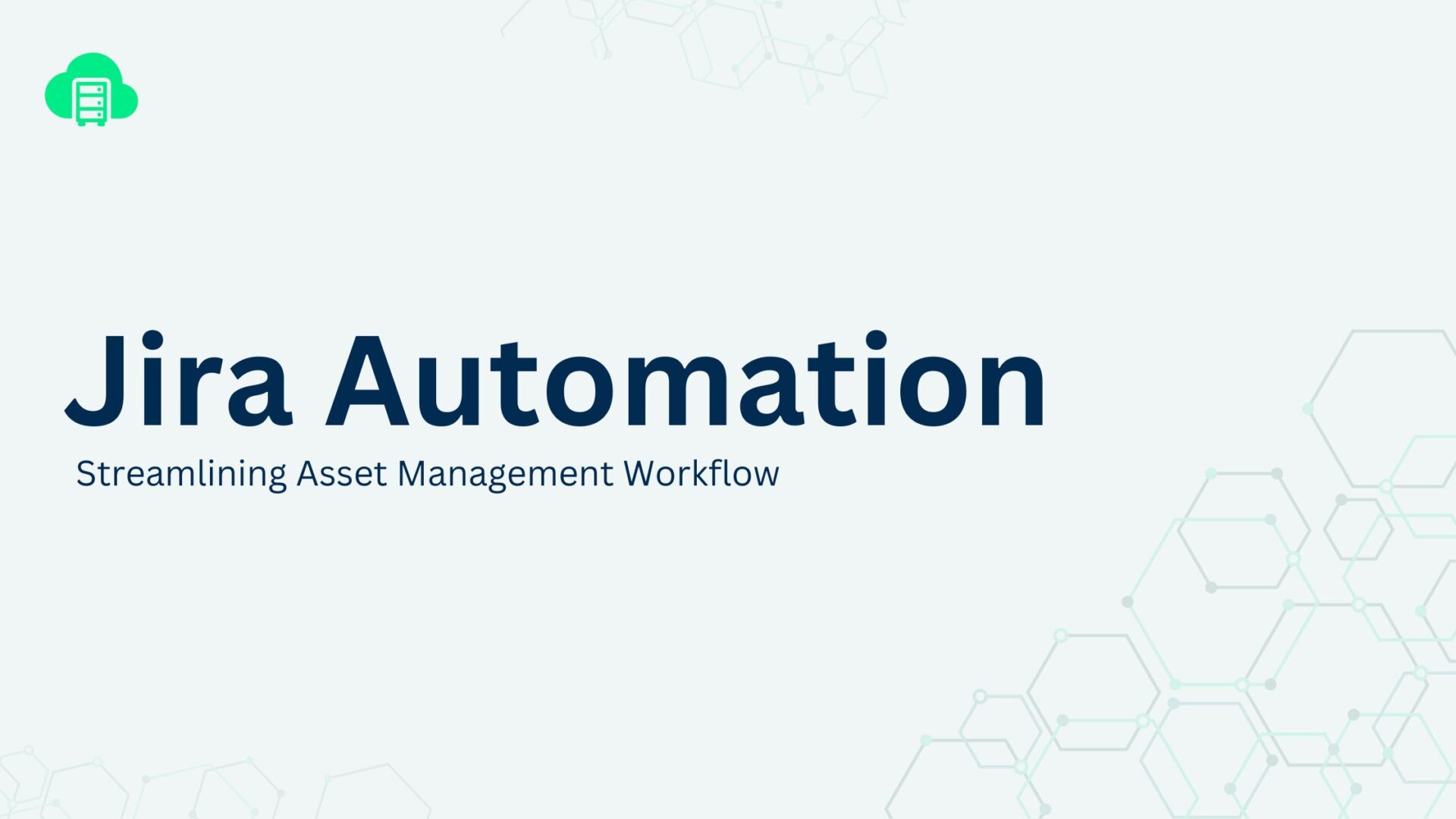
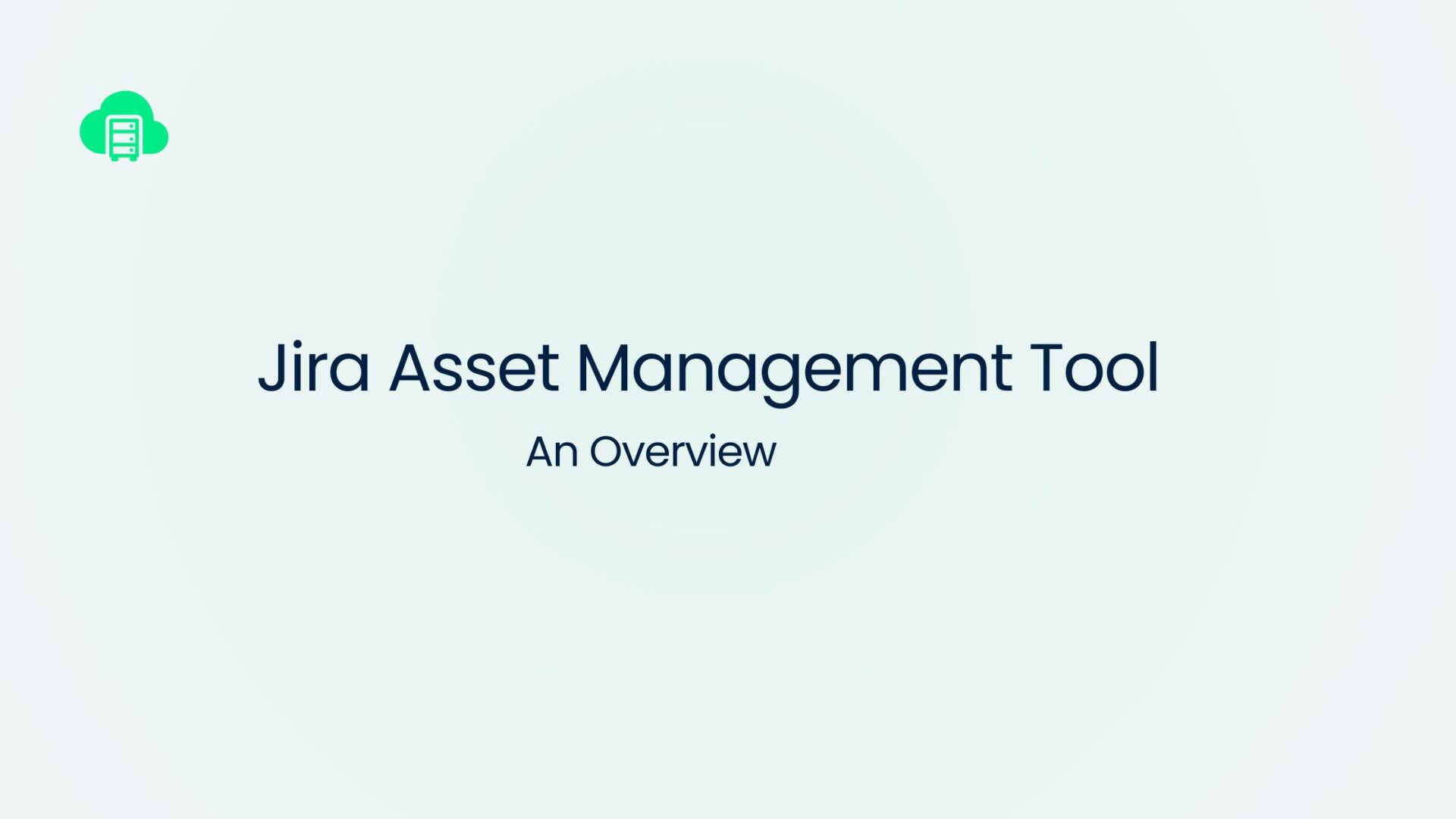

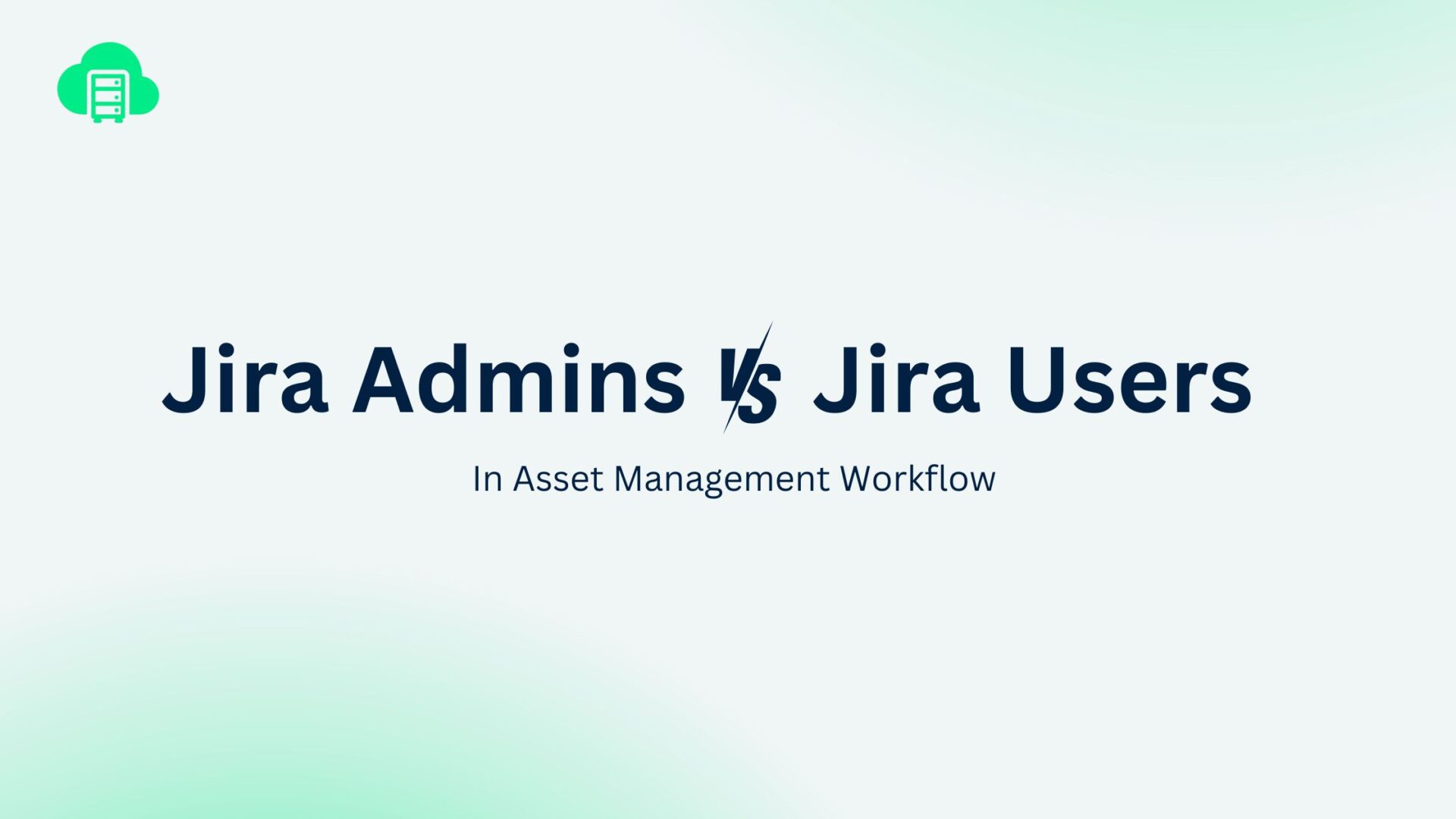
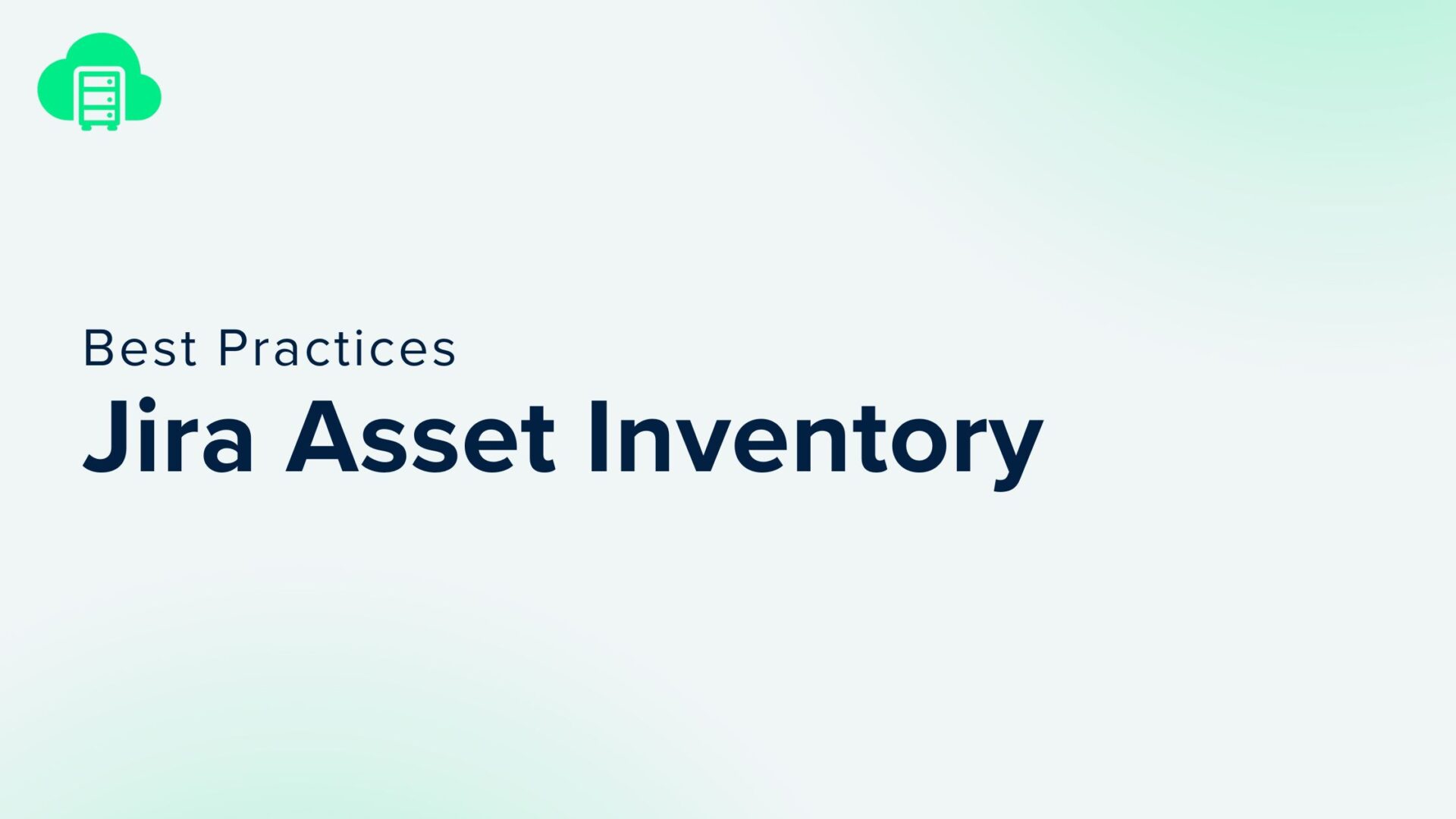
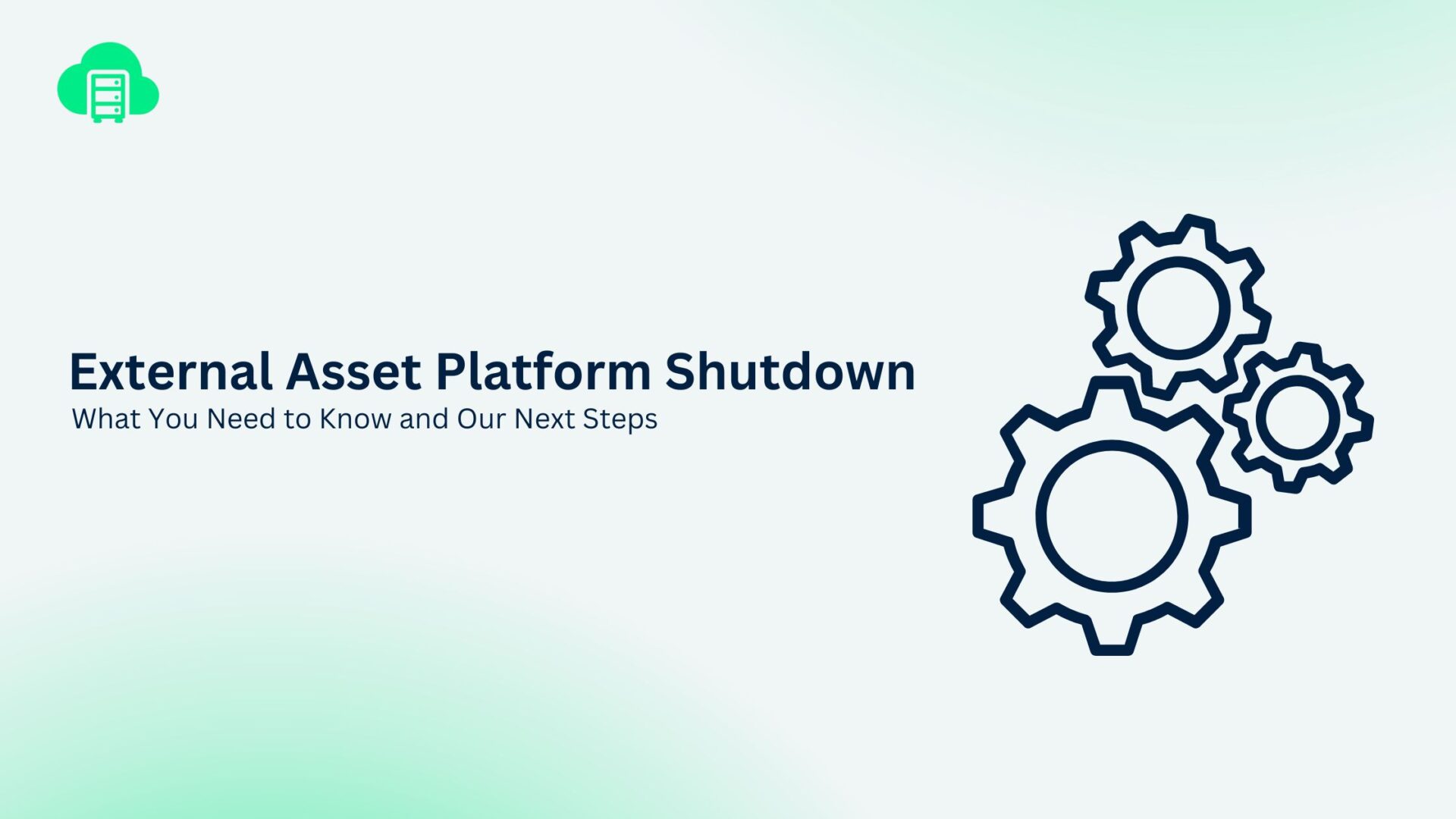
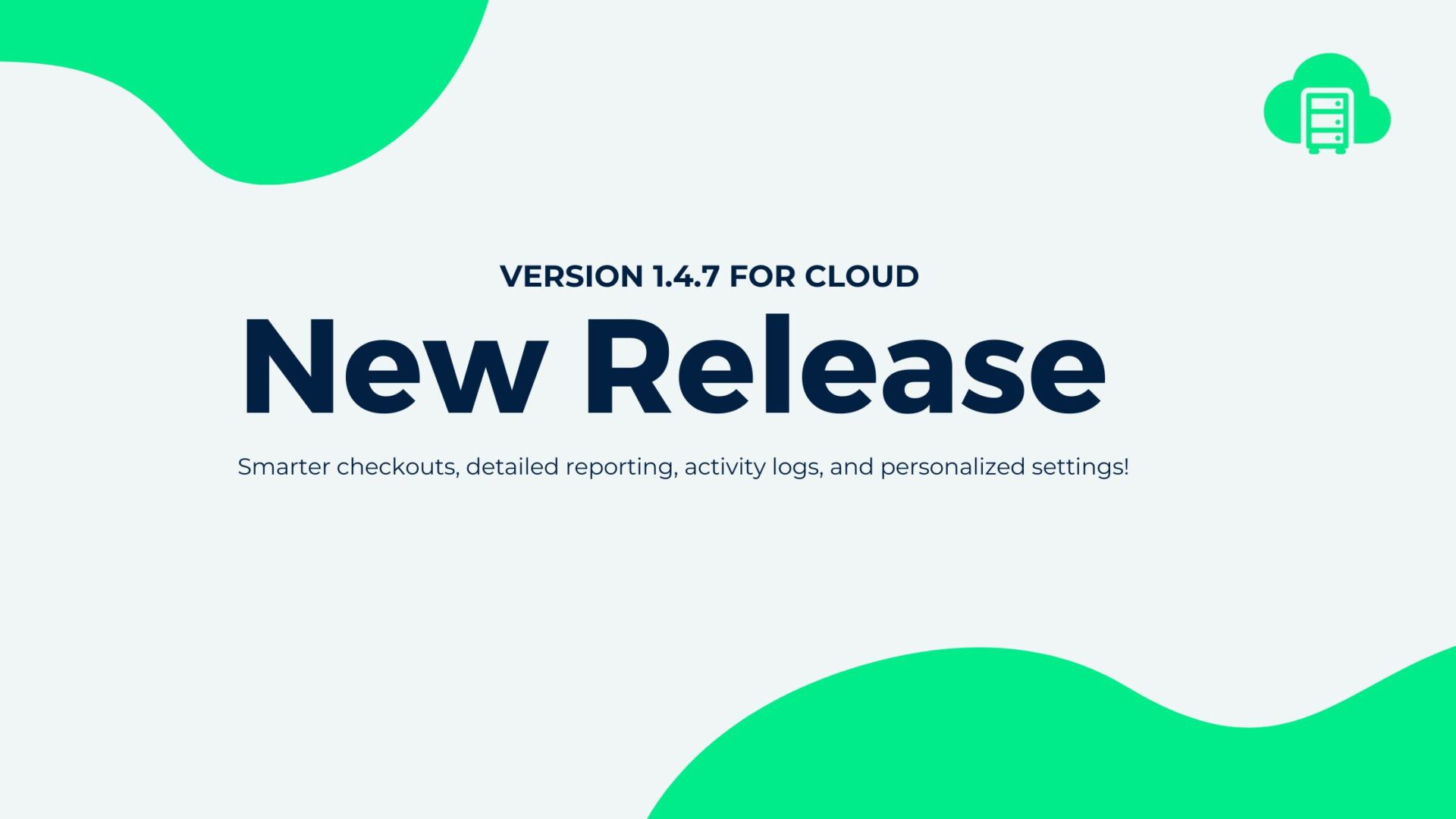
Recent Comments